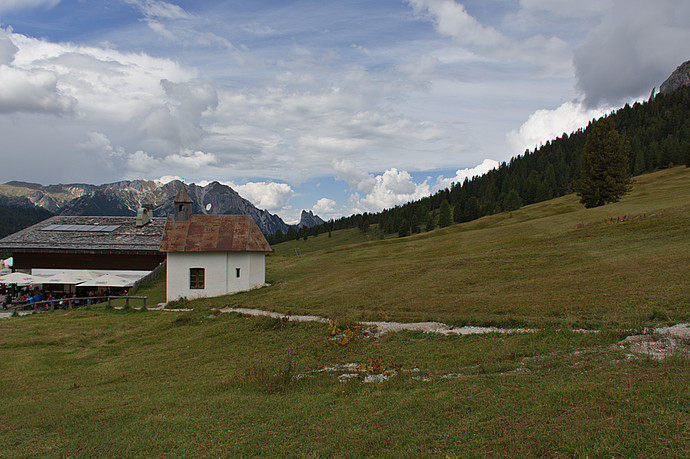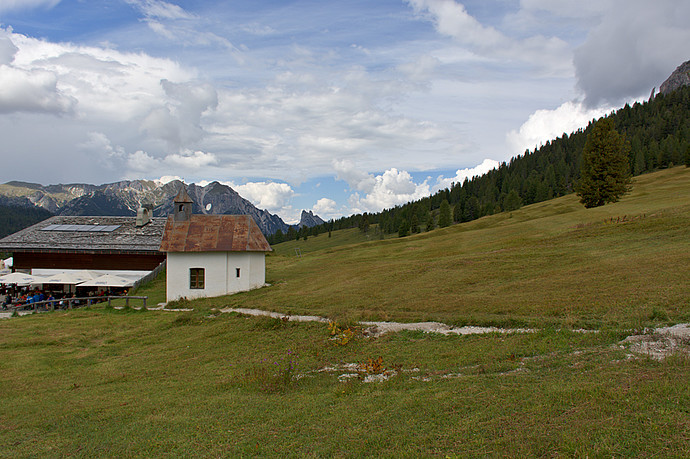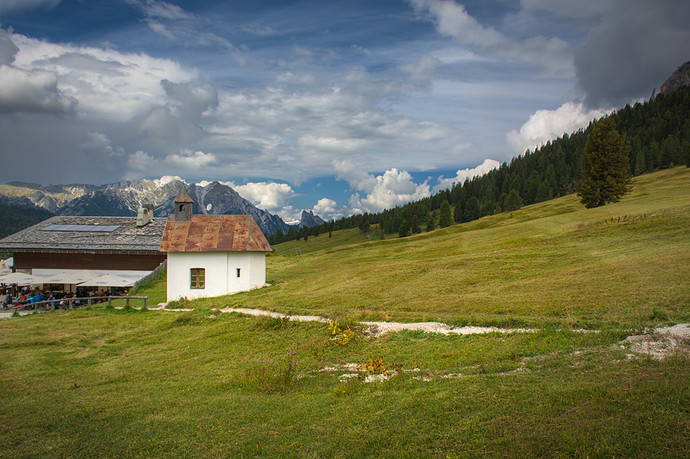If it’s just the highlights, what I do :use the local contrast module after filmic (so above it) and use a parametric mask to only select the highlights.
For clarity in highlights, I still find the bilateral mode of local contrast easier to dial in.
Set local contrast to bilateral. Set contrast low (as in 3 or something) and move the detail slider up way high, towards or over 300%. It may look a bit overdone.
Enable the parametric mask, and enable the little button somewhere in the middle to view the mask. You get a yellow screen.
Now love the ‘l’ range of the slider up (both of them) and you should see the mask change. Keep going till you have only selected the highlights you want. Move the mask feather slider up a bit and/or blur up a bit to fix the sharp edges of the mask.
Now disable the yellow mask preview. Toggle local contrast off and on to see the change, it should only work on the highlights /clouds. At the top of the mask section there is also an opacity for the overal blend effect. Lowering that is a nice way to make the effect less strong if you think it’s too much.









 .
.





